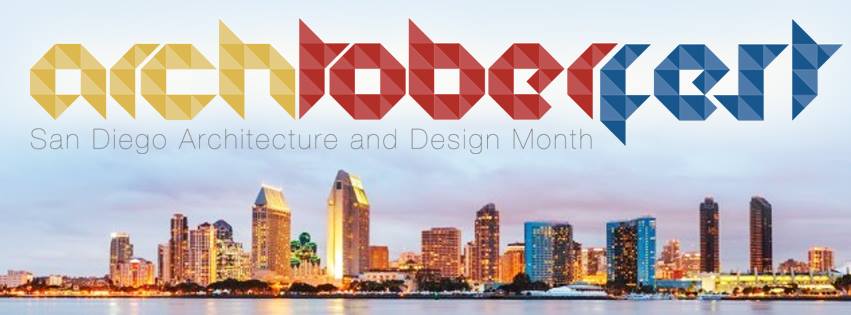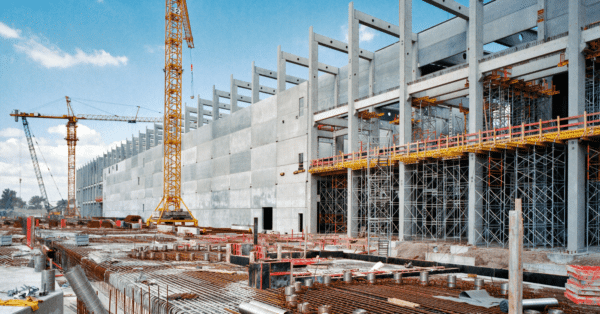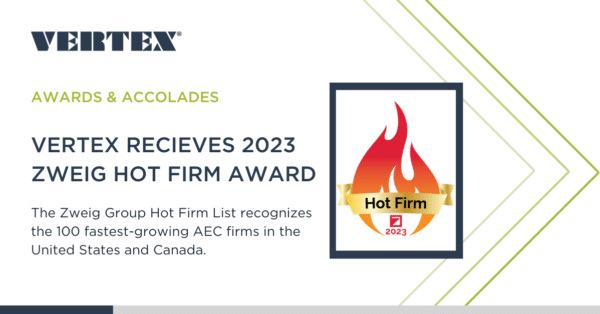
Something special happens in San Diego in October. More than two dozen organizations, local partners, and non-profits come together in a collaboratively operated initiative to create a fun month-long program called the San Diego Architecture and Design Month. But now it comes in a newer name, inspired by San Diego’s emergence as the 21st century craft-brewing capital of America: Archtoberfest.
This past week, SMPS San Diego took part with an Archtoberfest themed special panel of four renowned local Architect thought leaders: Jonathan Segal, Ben Dalton from Miller Hull, Eric Naslund from Studio E, and Frank Ternasky from Delawie, moderated by Marvin J. Malecha, President at NewSchool of Architecture and Design. The topic: Trends that are Shaping the Future of San Diego.
One of the first issues discussed at the panel was community involvement, or rather the lack of positive community involvement. The experience among most architects is that when they try to bring any kind of project to a neighborhood, there is often direct adversity to development from the locals. One panelist pointed out there haven’t been any notable cases where a community in San Diego came together to start the initiative of a building project, however, whenever an architect or builder does, they often find themselves alone in trying to engage the locals for feedback. A question came up out of the discussion: What should be the relationship between the thought leader and the community?
There is a major community disconnection for many people in San Diego and California as a whole, and engaging is a large hurdle. Compounded with the political environment of eroded trust in governance, it’s one of the hardest times to get the public behind development.
Yet, in recent years, architects are working on remedying this disconnect in San Diego through designing community-focused buildings to help bring back the activities and sense of community to the locals.
One notable example Frank Ternasky brought up is the Moxy Hotel in San Diego’s Gaslamp District, which Delawie is working on. Aimed towards traveling millennials, the traditional lobby has been replaced by a bar, where checking in is via tablet or phone, and the street level venue is filled with modern digital interactive features.
Shovel-ready land is in short supply and many people are still migrating to California due to the strong job market. While the panel hasn’t directly addressed our current housing shortage crisis, they are seeing the growing trend of Densification in San Diego as a response. Numerous upcoming projects (including the Moxy mentioned before) are no longer designing suites and apartments that could pass off as a McMansion, but are instead becoming more compact spaces. More and more architects are focused on designing smaller living rooms and taking the excess square footage outside into bigger community spaces. Another feature is that more projects are becoming mixed-use, and the panel feels is that in the future no building should have a single purpose anymore.
Some architects are embracing the emergence of the sharing economy and are now considering greatly reducing or outright removing parking in their designs for future building projects. The obvious challenge standing in the way is the lack of accessible public transport from where people live and work.
Energy and Reuse was another trend discussed in having a strong influence in architecture in the future. It started off with a number of the panelists agreeing that the word sustainability has been diluted and overused to the point where it doesn’t register as a well-defined goal or term that drives clients’ interest. Regeneration and Revitalization were new terms used. Eric Naslund from Studio E showcased their project, UCLA Saxon Suites where a certain challenge in the land use and goal of achieving LEED Platinum helped drive the building’s unique design. In the commercial space, one of the panelists brought up how they are combining reuse with creating new office campuses from existing adjacent office buildings and taking parking underground.
It goes to say that the goal of Revitalization isn’t just to re-position and improve the existing building stock of California but to foster the community re-connection that has been lacking in many public spaces before. One challenge that was brought up was how can a city keep historic iconic buildings and features without freezing the city to a time period like what has happened in many European cities.
The panel brought up a few more thought-provoking questions to the audience towards the end before the Q&A Started:
Will we make a city worthy of our time and place?
If you were tasked with designing a building without any regulation and can only use the resources of the site, what would it be?
Someone in the audience asked about using embodied energy (total energy used to manufacture and deliver construction materials) as another measure of energy efficiency. While none of the panelists recalled how often they used or referred to it, they mentioned the need for improving architectural research to help the building industry improve as a whole.
SMPS San Diego’s event was very enlightening and the panel’s chemistry was a winning combination. The architectural trends discussion brought positive answers to some of the challenges San Diego faces and defined intriguing questions for present and future leaders to create solutions to.
This article was originally published by Xpera Group which is now part of The Vertex Companies, LLC.







